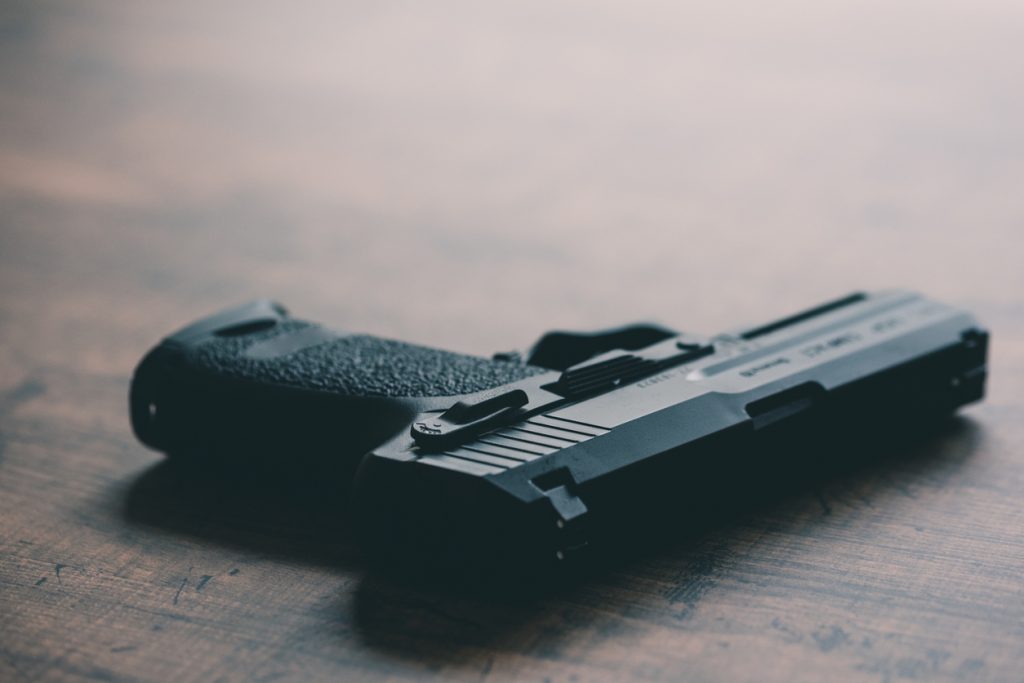
09 Jul Could the Rise in Homicides Derail Justice Reform Efforts?
Thus far, 2021 has been the year of justice reform. States with electorates ranging from distinctly progressive to reliably conservative have introduced one reform after another. With national legislation like the George Floyd Justice in Policing Act in consideration, justice reform has certainly gone mainstream. But over the last year, a majority of American cities have seen a dramatic spike in killings and gun crimes. Could this wave of homicides lessen American’s appetite for justice reform?
Homicide rates increased dramatically in American cities over the last year.
In general, crime was down during the COVID-19 pandemic. Drug crimes, for example, fell by more than 65% on average, according to Pennsylvania University law and economics professor David Abrams. “The cities with the greatest declines were Pittsburgh, New York City, San Francisco, Philadelphia, Washington DC, and Chicago, which each had declines of at least 35% for overall reported crime rates,” wrote Abrams in his paper, “COVID and Crime: An Early Empirical Look.”
But there have been just a few notable exceptions to the trend. Early data from criminologists show a serious spike in homicide rates in most major American cities. According to data cited by the New York Times, homicide rates rose more than 30% on average last year. They rose another 24% since the beginning of this year.
The city of Chicago saw its worst year for homicides since crime began to decline around the country in the mid-1990s. Homicides rose 82% in Portland, Oregon and in Minneapolis, they grew by 72%. Los Angeles experienced a 36% increase in homicides in 2020.
This trend has continued into 2021, the data seem to suggest. Through May 9, Philadelphia saw a 28% increase in homicides on the year. The rate jumped by 76% on the year from the beginning of the year through May 13 in Tucson, Arizona. According to the NYPD statistics, homicides rose by more than 23% on the year through May 23.

Some people are blaming protests and justice reform for the rise in homicides.
Experts have suggested that the rise in homicides is likely the result of a number of factors coming together. They credit social anxieties around the pandemic and the lack of economic opportunities with playing a role. Shifting of police resources is also considered as a potential factor. “Crime is complicated,” Chuck Wexler, executive director of the non-profit police research and policy group Police Executive Research Forum, told CNN. “Murder is complicated.”
But the complexity of the situation has not stopped some from placing the blame directly on people advocating for change. One of those is St. Louis police commissioner, Col. John Hayden Jr. “Sometimes protesters do not play by rules. Sometimes they want to destroy property. If a person gets trapped that has an opposing message there are assaults involved,” Hayden said. “I can’t leave them to their own eventualities, we have to monitor those. Sometimes (protesters) block major intersections and block traffic … the fact we had to man all those protests, we couldn’t leave them unattended, it took time from presence in neighborhoods.”
Others, such as Peter Moskos, a former Baltimore police officer and current professor at the John Jay College of Criminal Justice, still place blame on the protests but say that the effect was less direct. “It’s not that the protests caused the rise in violence,” said Moskos. “What the protests caused was a major change in policing. If you stop policing, violence goes up.”
But Dr. Richard Rosenfeld, a criminologist and professor at the University of Missouri in St. Louis, suggested an alternative relationship between the protests and the increase in homicides—that the underlying reasons for the protests could also be some of the underlying reasons for the spike in homicides.
“When police legitimacy is greatly reduced, you get more crime because people are no longer relying on the criminal justice system for assistance,” Dr. Rosenfeld said. “People are less willing to cooperate with police in investigations, less willing to report crimes or other problems to the police and more willing to take matters into their own hands.”
The rise in violent crime does correlate with a dramatic spike in firearm sales.
There was certainly a correlation between rising anti-police sentiment and calls for defunding police departments from some justice reform advocates and the increase in homicides. But that increase correlates with a number of other data points. Video chat usage, for example, spiked alongside the homicide rate. So, too, did the use of streaming services. Correlation does not necessarily mean causation, especially with such limited data.
But there is one data point that does correlate with the increase in shootings and homicides that is more likely to have a causal relationship. In 2020, Americans purchased a record number of firearms. Sales of guns within the United States rose 40% last year to just under 40 million. This number also breaks any previous record of annual gun sales since 1999, when the current system of keeping records went into effect.
As with anything, drawing a causal relationship between two data points is tricky. But that’s a relationship Rosenfeld says is likely to exist. “Were it not for the proliferation of firearms through our society and in our big cities, we would not have seen these big jumps in homicide,” he said.

Conservative politicians and pro-policing advocates may try to use the increase to halt progressive justice reforms.
As demands for police reform reverberated throughout the country over the last year, so too has the pushback to those demands. While many states introduced new legislation that works to do things like reduce prison populations or reform police departments, others went the opposite direction, strengthening police protections and increasing legal penalties for things like public protest.
Prominent and powerful conservative voices have already pounced on the rise in crime to chastise justice reformers and push a tough-on-crime narrative. In a series of tweets, Sen. Tom Cotton (R-AR), lambasted the recent wave of justice reforms. “How high does the crime rate need to go before Democrats stop their campaign to release violent criminals from prison?” Cotton tweeted. “Crack penalties are harsher than powder cocaine penalties. Let’s fix this by increasing the penalty for selling powder cocaine. Not by letting drug traffickers out of prison.”
His sentiments were echoed by the Republican National Committee in a statement. “Looking for a major cause of the spike in crime in our nation’s cities?” reads the statement. “Look no further than the devastating impacts Democrats’ defund the police efforts have had on officer morale.” This type of messaging and the fear of homicides could successfully woo voters away from supporting justice reform efforts and back towards supporting tough-on-crime policies and rhetoric. And there is no sign of the sudden increase in homicides and gun crimes reversing anytime soon. Homicide rates are still rising in many cities, and gun sales have continued to climb in 2021. Miami police chief Art Acevedo was anything but optimistic about what this summer holds for homicides in the United States.
“I am very sad to say that this summer is going to be a long summer for the American people,” he told CBS’ “Face the Nation.” If conservatives and pro-policing groups are successful at capitalizing on the rise in the violent deaths of Americans, the influx of justice reforms that has marked the first half of 2021 could be a short-lived trend, rather than a new direction for American policy.

